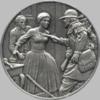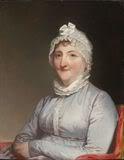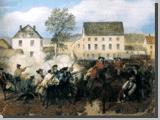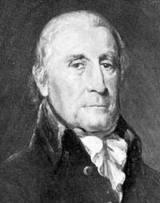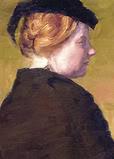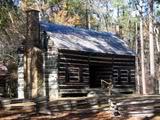South Carolina Revolutionary War Patriot Laodicea Langston, Dicey as her friends and family called her, was the daughter of Solomon and Sarah Bennett Langston of Laurens District, South Carolina. She was born May 14, 1766, on her father’s plantation. Dicey’s mother died when she was a little girl, and she was raised by her father and brothers. She was described as of below medium height, dark-eyed, proud, imperious, and high-spirited. She was also considered graceful and attractive in appearance and in manner. When the Revolutionary War began, Dicey’s brothers left the plantation to fight with the Continental Army. They camped in the forest with a small band of Patriots, so the plantation wouldn’t suffer the consequences of their patriotism. To…
